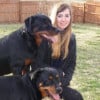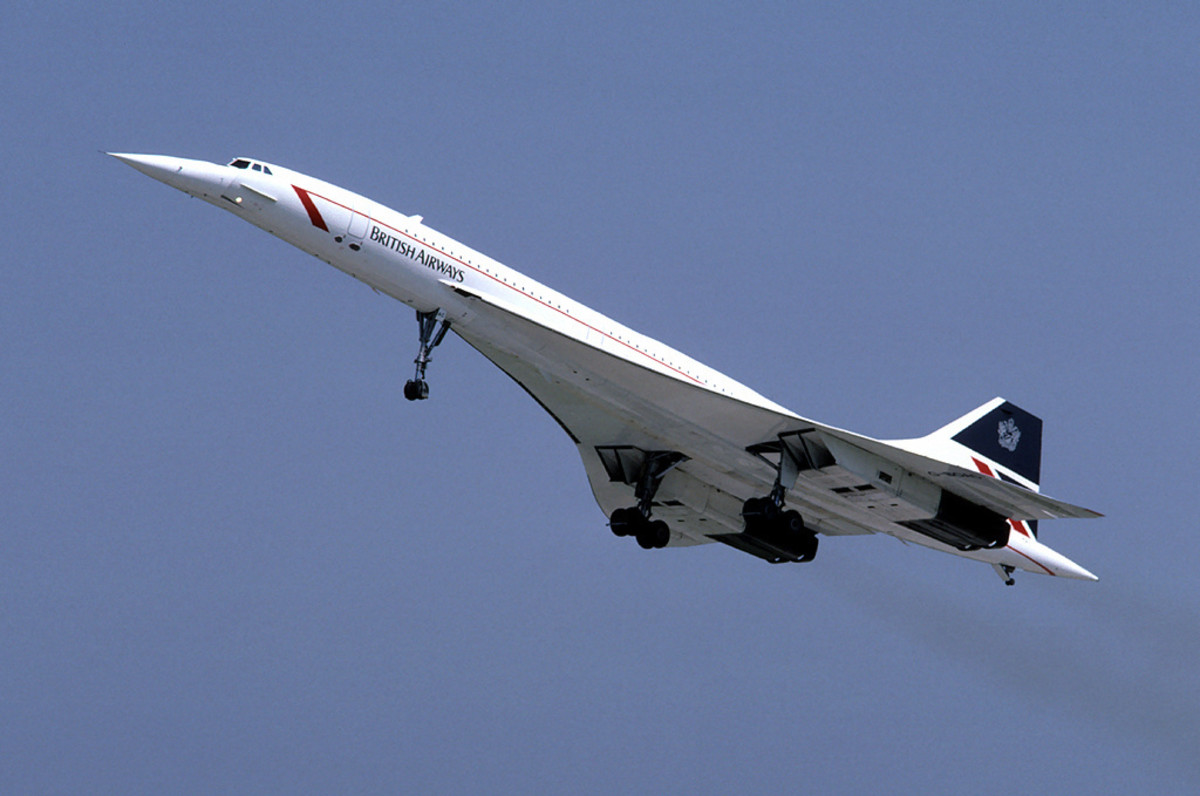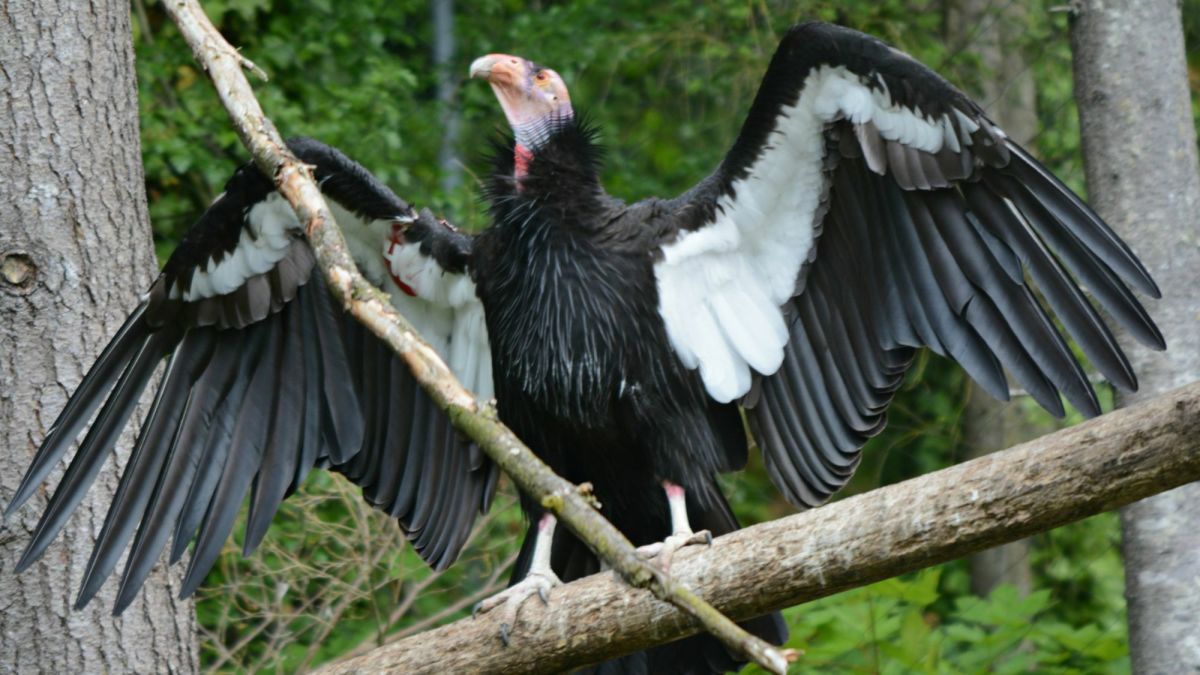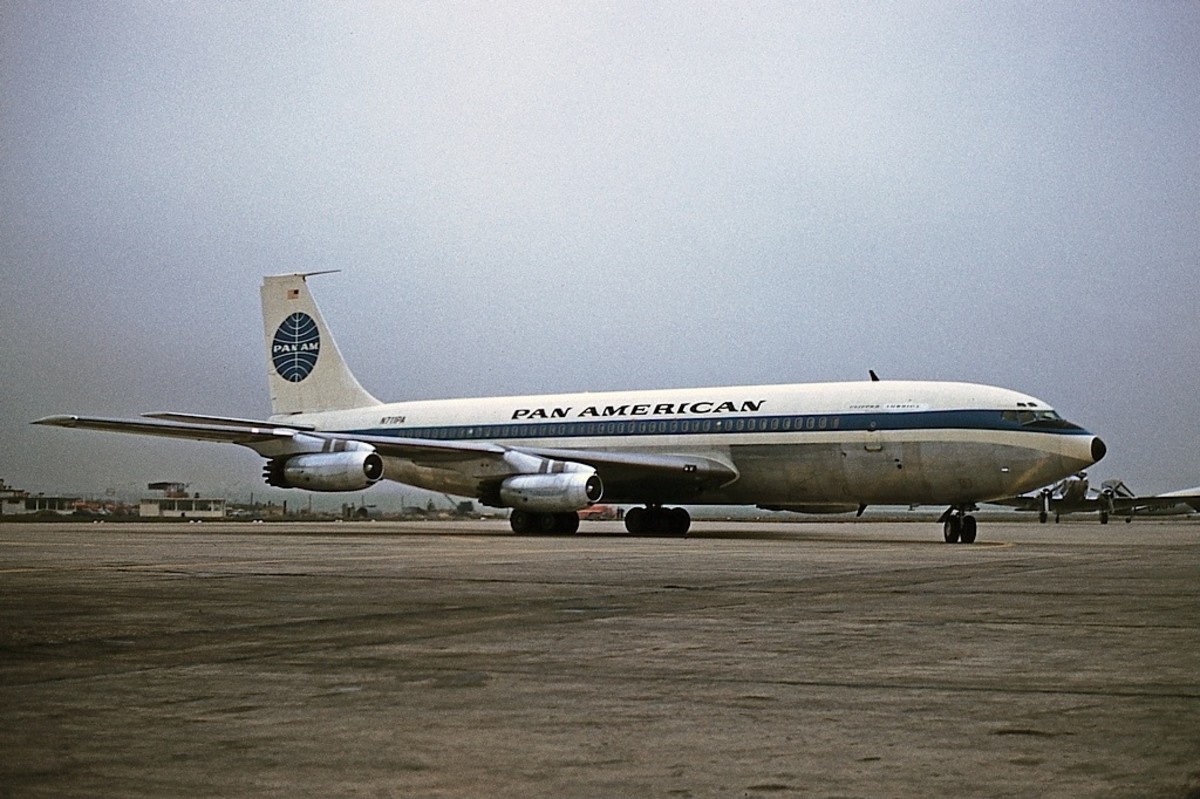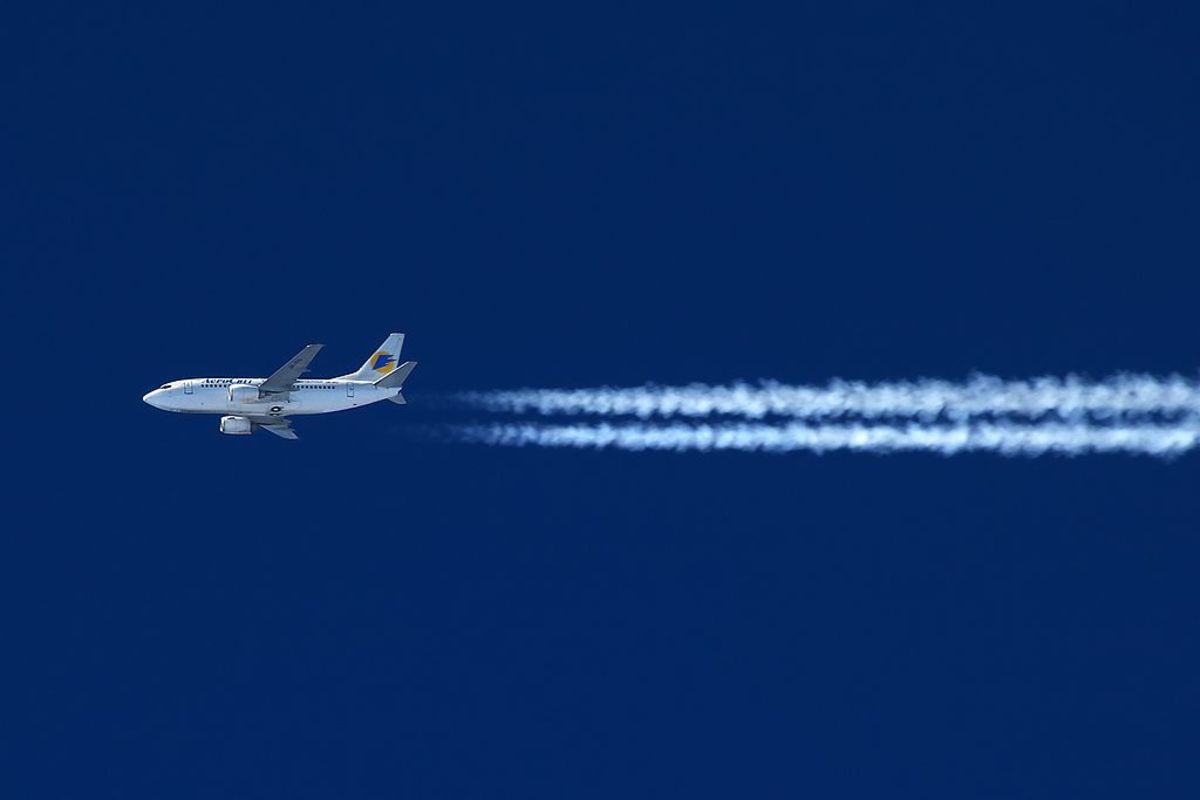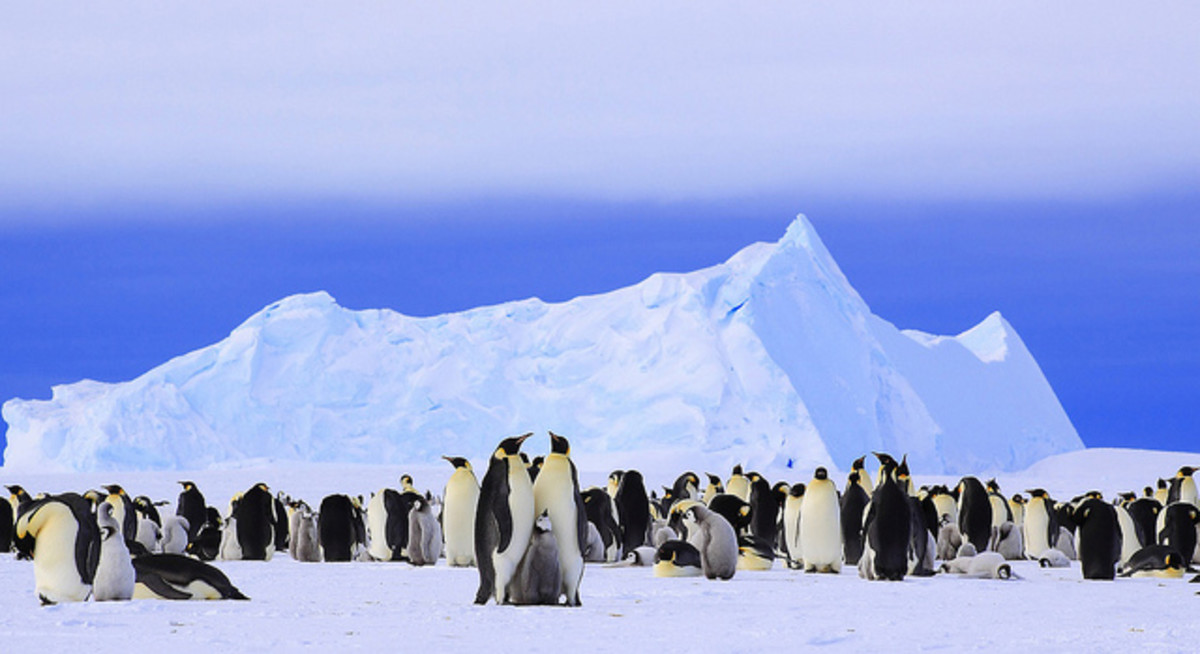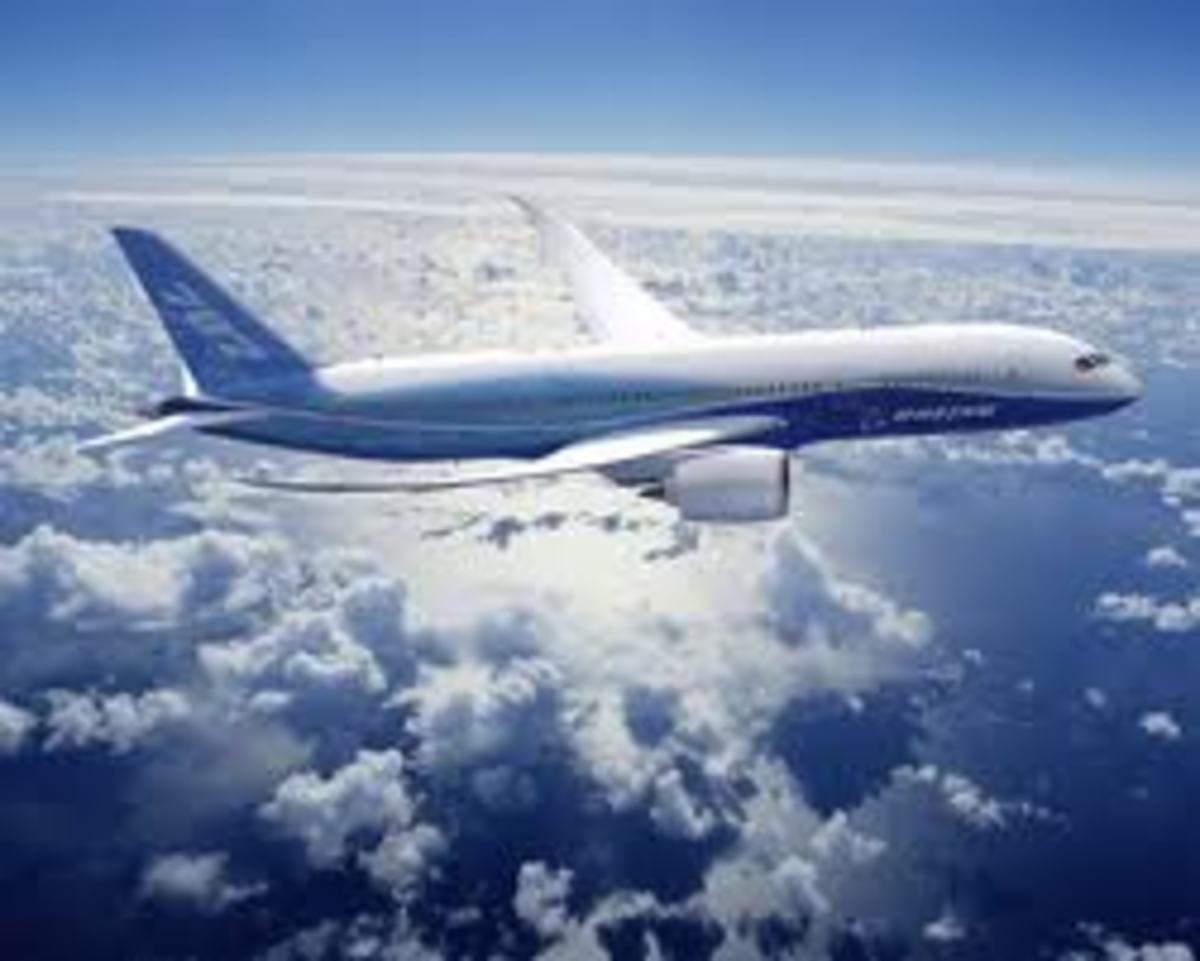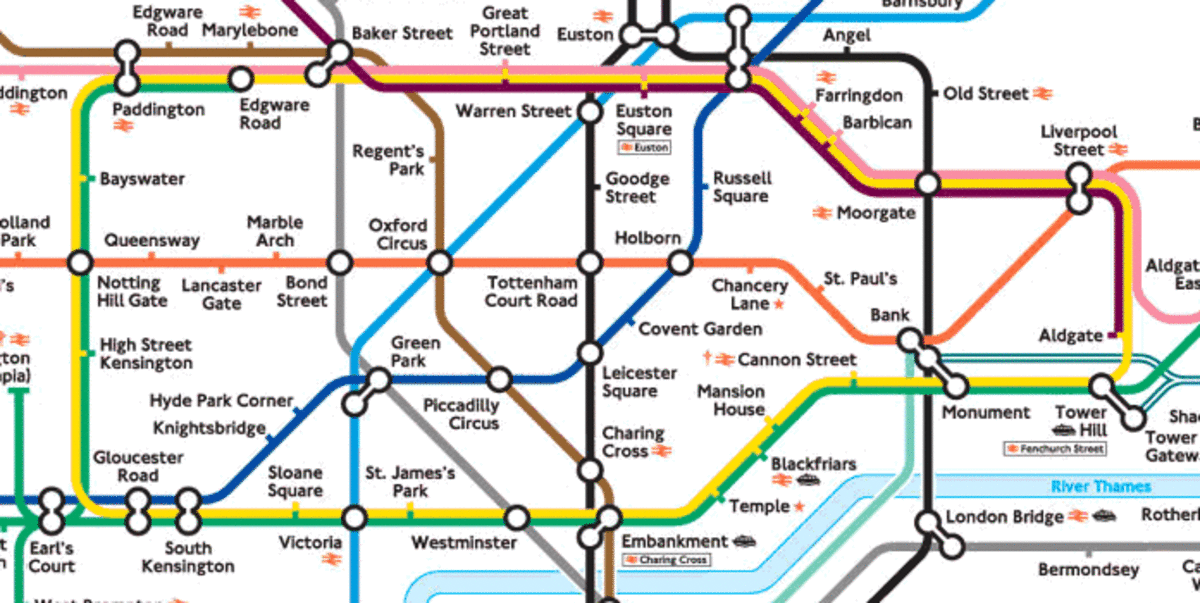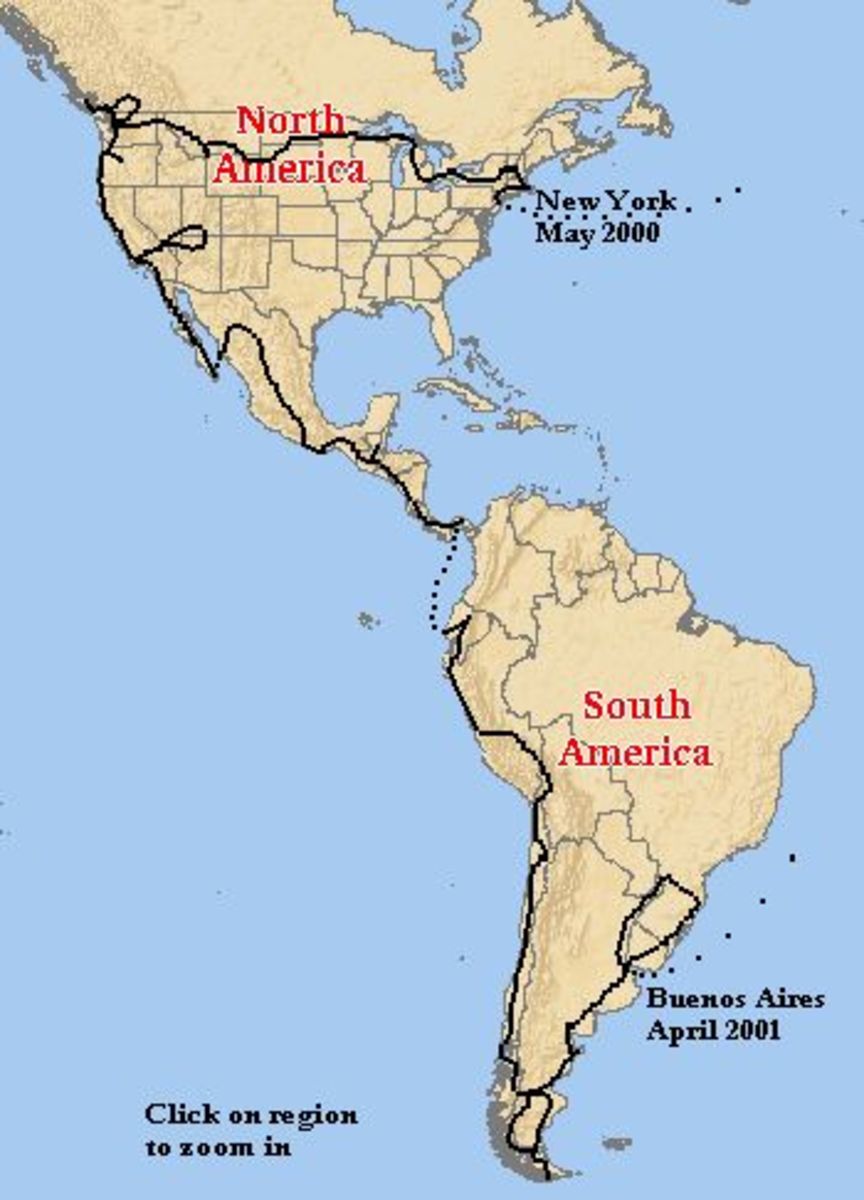The Impact of Birds on Airplanes
Take off is the most critical part of a flight when it comes to encountering dogs
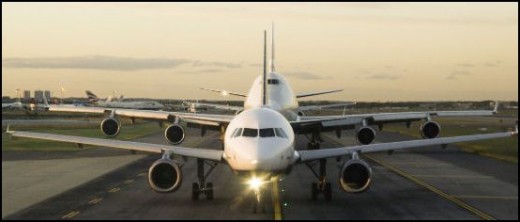
Why airplanes and birds don't mix
For those fellows fearful of flying, another threat may be added to their large repertoire of things that may be going wrong while cruising at several hundred feet. Yet, many fearful fliers for some reason are more likely to fear thunderstorms or mechanical failure than an innocent flock of birds. Indeed, these volatile beings can be capable of causing substantial damage to airlines along with the dooming capability of bringing a jet airplane down.
For this reason, the National Transportation Safety Board is recommending the FAA to revise its safety standards to support better impacts against flocks of large birds. The treats are real as more and more airplanes circulate in the skies and more and more birds are thriving because of environmental protection programs. As dogs are hired to chase away flocks of birds from airports and personnel work on removing bird nests close to runways, the chance of encountering some geese or pellicans still remains a risk.
Perhaps the best example of what birds can do to a plane is the recent incident named "The miracle on the Hudson River'': the US Airways Jetliner Flight 1549 which on January 15, 2009 flew straight into a flock of Canadian geese. The jetliner had just taken off from LaGuardia and was heading towards Charlotte, North Carolina, when just one minute and some seconds into flight at 2,700 feet, the encounter with geese caused both engines to lose power.
The plane therefore, glided and landed in the icy Hudson waters thanks to the cold blooded and remarkable efforts of Capt. Chesley B. Sullenberger III. Thanks as well to the efforts of various ferries and rescue boats, all 150 passengers and five crew members on board were able to survive with a little bit of shock and a bunch of gratitude.
The consequences of a flock of birds flying against an aircraft can be tremendous. The mid air collisions caused by flocks of birds may cause birds to break through the cock pit, collide against the engines and wings causing malfunctions and even stalling engines.
An isolated encounter with a small sized bird may not cause much trouble, this may happen quite frequently and uneventfully. Problems start when the plane flies through large birds often flying in flocks. Canadian geese, for instance, the type of bird causing the US Airways jetliner to ditch in the Hudson river, generally weigh between three to 12 pounds.
The risks of encountering flocks of large birds are much higher during take off mainly because it is at these altitudes that it is most likely to encounter these types of birds. Also, it is during take off that the engine's turbine blades suck in lots of air. According to Chris Yates, an aviation expert in an article by Joe Boyle ''How Birds can down an airplane'' :
''Plane engines are very delicate and a bird such as a Canada goose being sucked into the engine would prove catastrophic if it smashed the rotor blades" He further adds: ''We're not talking about bird bones here, we're talking about large chunks of metal crashing around inside an engine - it can impact virtually any part of the engine. However, instances where both engines are hit by birds are extremely rare''.
So far the Airbus engines have been tested to withstand the impact of a bird weighing about four pounds. However, when it comes to birds like Canadian geese that may easily weigh even three times more, what can be done?.The most obvious solution would be :Why not build engines able to withstand birds that large?
According to Greg Feith, a prior National Transportation Safety Board investigator the answer is simple:"You can't build engines to handle that because they would weigh so much that the plane would never get off the ground."
It may ultimately be quite difficult to accept that the skies may not always be friendly as we may like. As humans, we often forget that we are not the only creatures living in this world and often, we are reminded about this in these remarkable tragedies. Thankfully such happenings are not that common, but the chances appear to be on the rise due to the increase of air traffic and birds in the skies.
A great simulation of the Hudson River Miracle
- Fear of turbulence
Personally, I have never been fond of roller coaster rides, as a matter of fact, I spent my honey moon at Walt Disney and all I got to enjoy was the Merry Go Round and - What happens when lightening strikes an airplane
The sky was darkening over the Kansas City Airport on a nippy October morning as a thunderstorm was approaching. As my husband and I got seated and ready for the average 3 hour and forty minute flight from...
